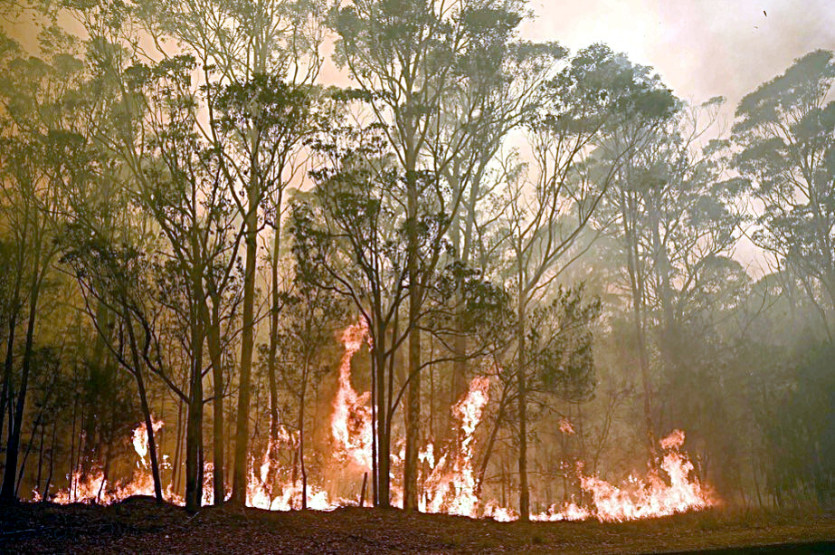Dry lightning from thunderstorms with little rain is complicating firefighters’ work by sparking persistent fires in Queensland’s dry bush, fire officials explained.
Their crews were battling 20 bushfires in Queensland, the state’s acting deputy commissioner for fire and emergency services, Peter Hollier, said.
The most serious fire in the agricultural area of the small town of Tara has burned more than 20,000 hectares since it broke out earlier in the week, Mr. Hollier added.
250 people left their homes
The fire has so far burned 32 homes, and the official warned that number is expected to rise as firefighters gain access to burned areas.
According to local authorities, around 250 people who fled their homes spent the night in municipal evacuation centers from Thursday to Friday.
According to Queensland Police, the remains of an unidentified person – believed to be that of a missing man – were found in Tara on Tuesday.
Firefighters in the state have battled about 400 bushfires since the start of the week, Mr. Hollier added.
Neighboring New South Wales has also been hit by bushfires, with more than sixty of them still under control, according to firefighters in the state.
“Black Summer”
Experts expect Australia’s fire season to be its most intense since the “black summer” of 2019-2020, when huge, uncontrollable fires ravaged this part of the country’s largest island continent, killing countless animals.
In September, the Australian Weather Service declared a cyclical El Niño event, typically associated with rising temperatures and severe drought, which can lead to devastating bushfires.
El Nino, which typically peaks around Christmas, is expected to help make 2023 the warmest year globally, following 2016’s record.
According to United Nations climate experts, rapid global warming caused by human activities “undoubtedly” also increases the risk of fires and other natural disasters.

“Certified food fanatic. Extreme internet guru. Gamer. Evil beeraholic. Zombie ninja. Problem solver. Unapologetic alcohol lover.”







More Stories
King Charles III resumed his public duties three months after his cancer-related illness
How Cassoulet Became a Fashionable Dish
At Coober Bed, underground life escapes the heat